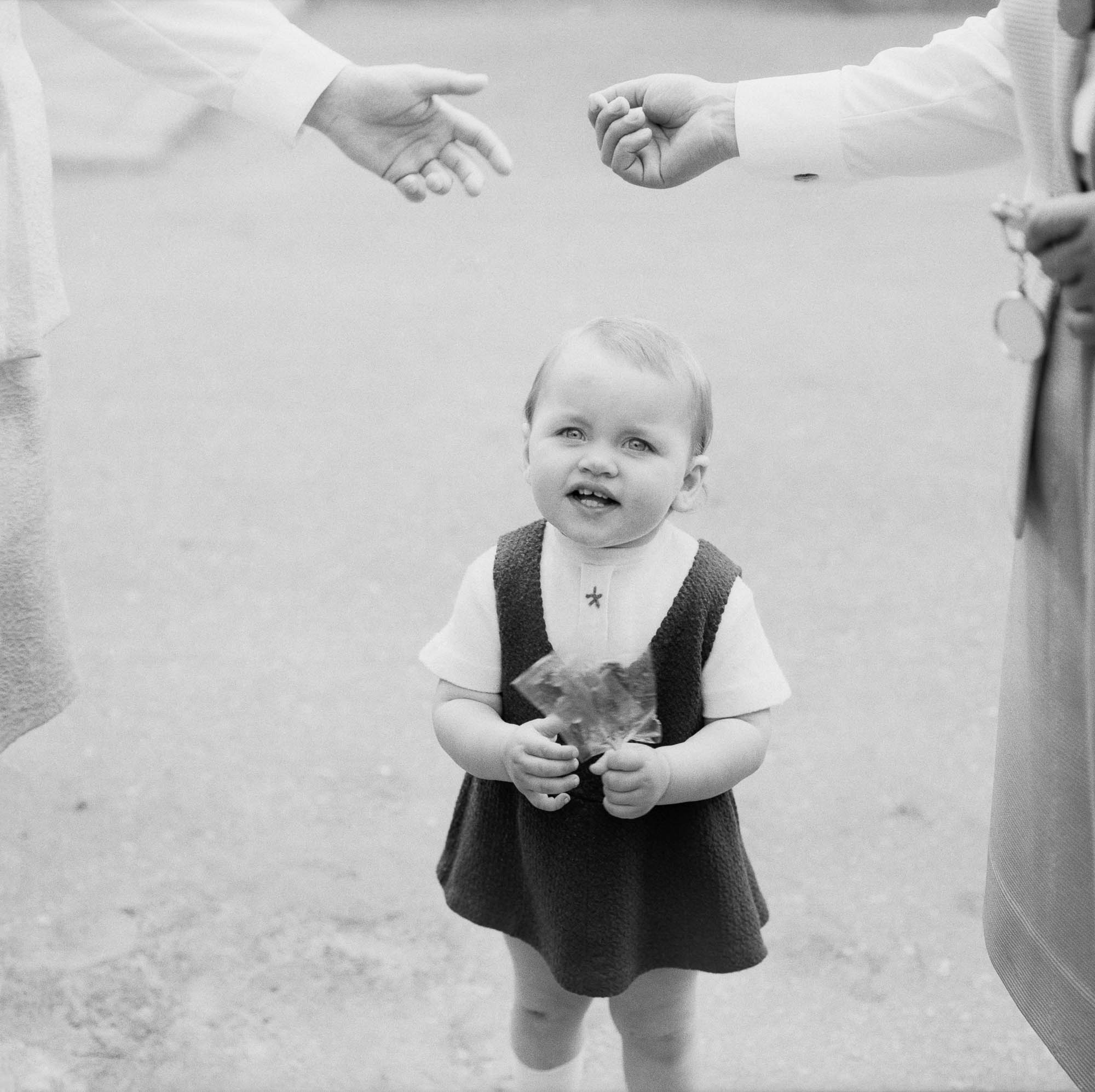
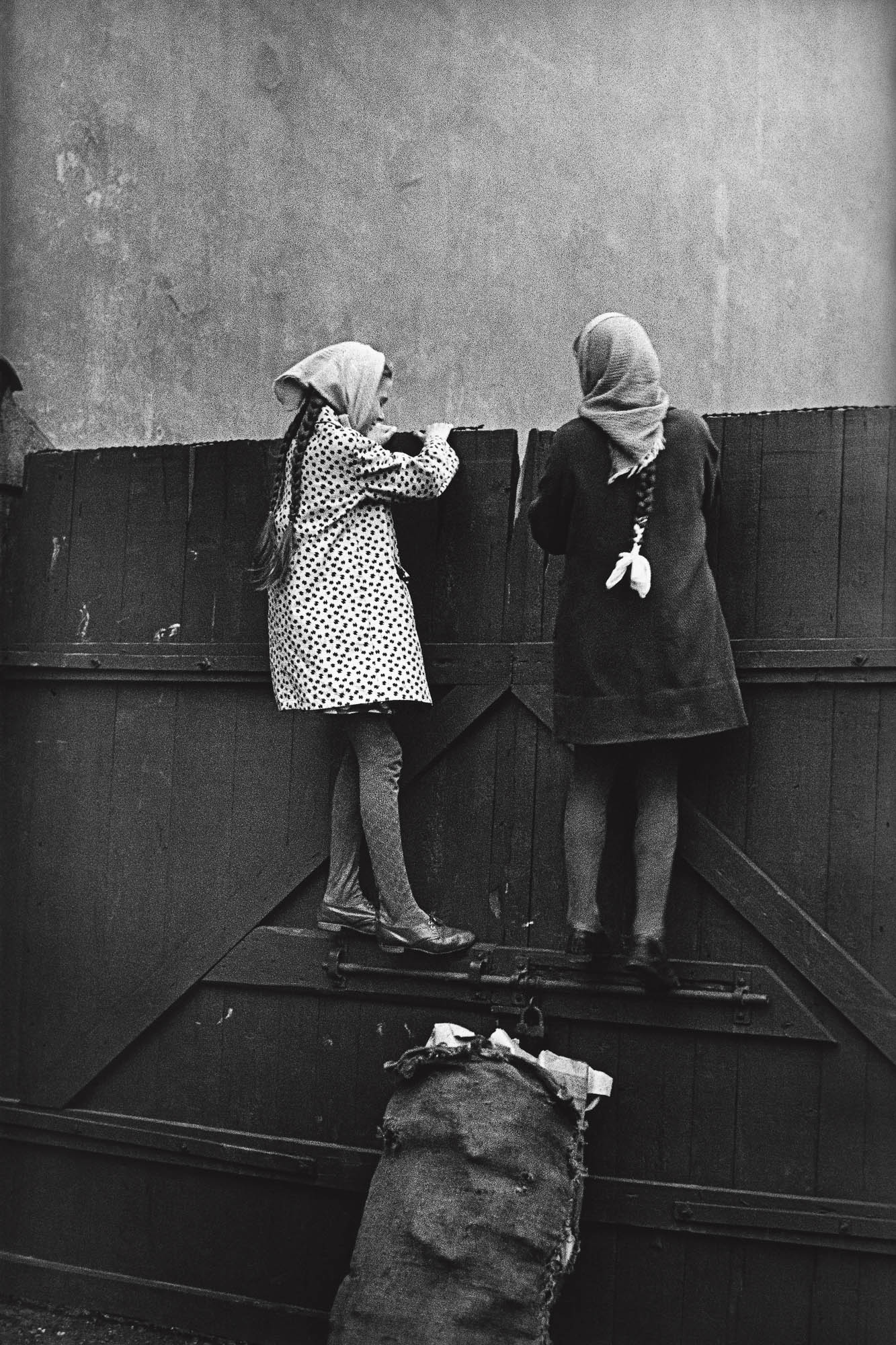
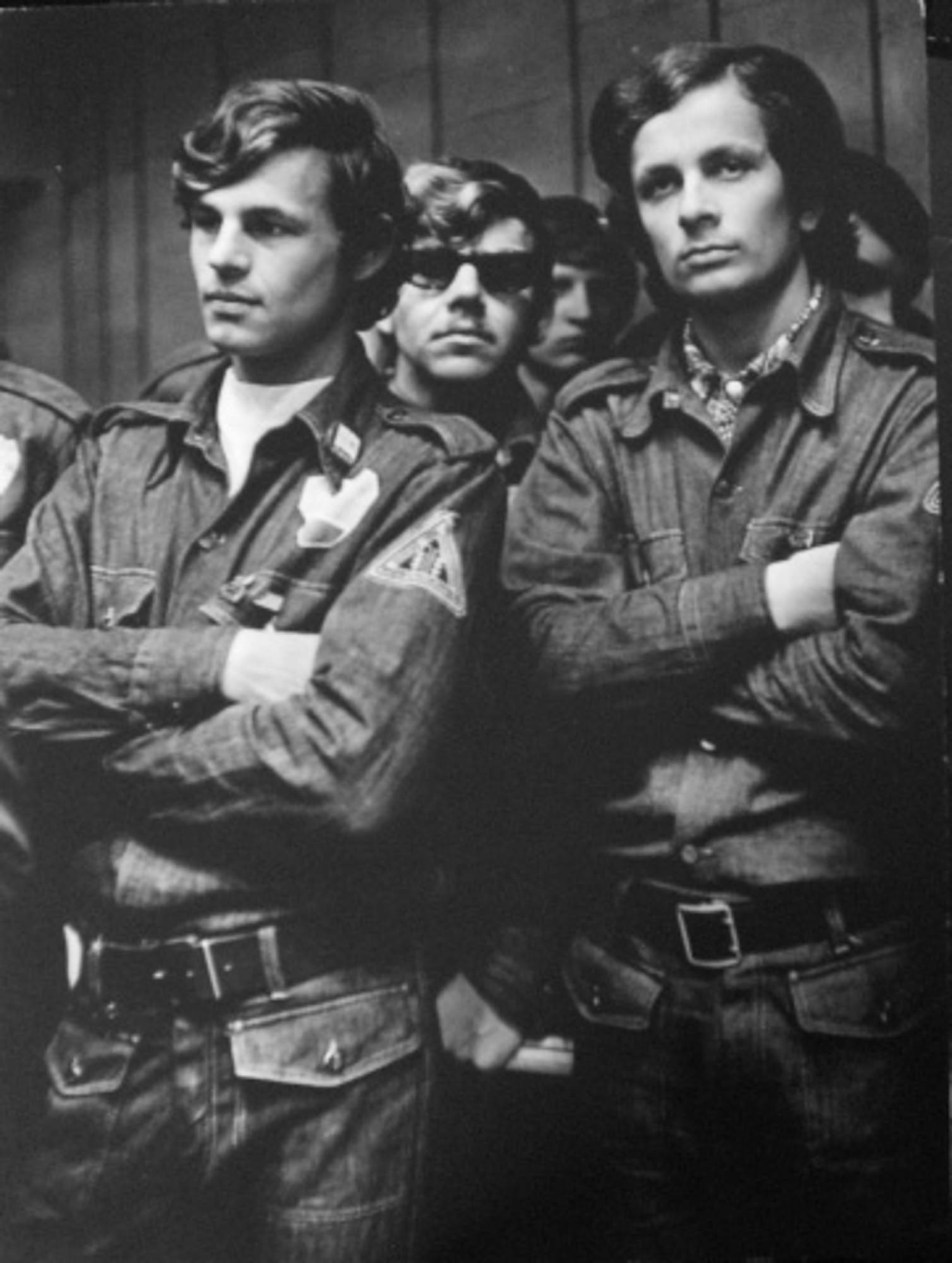
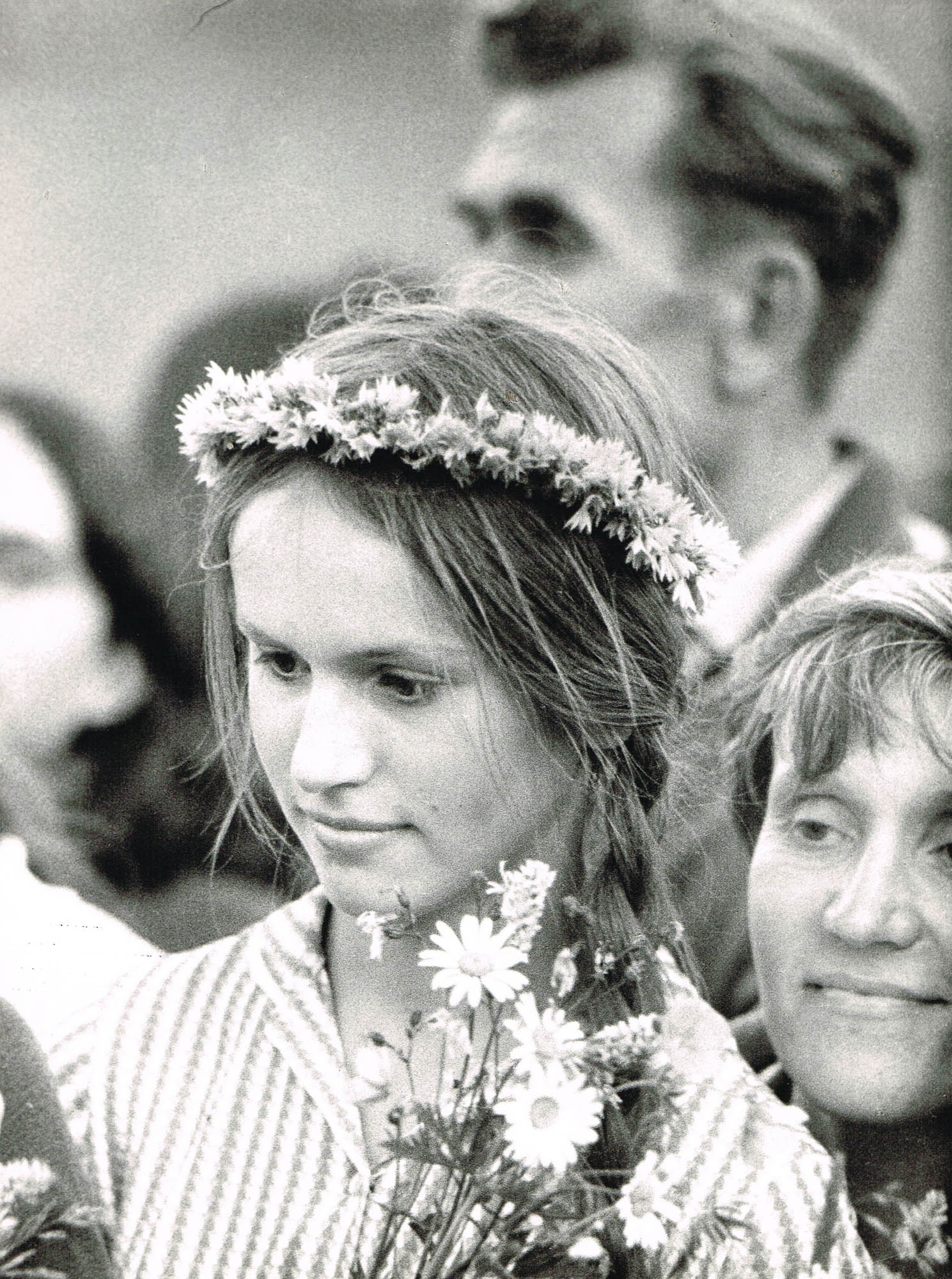
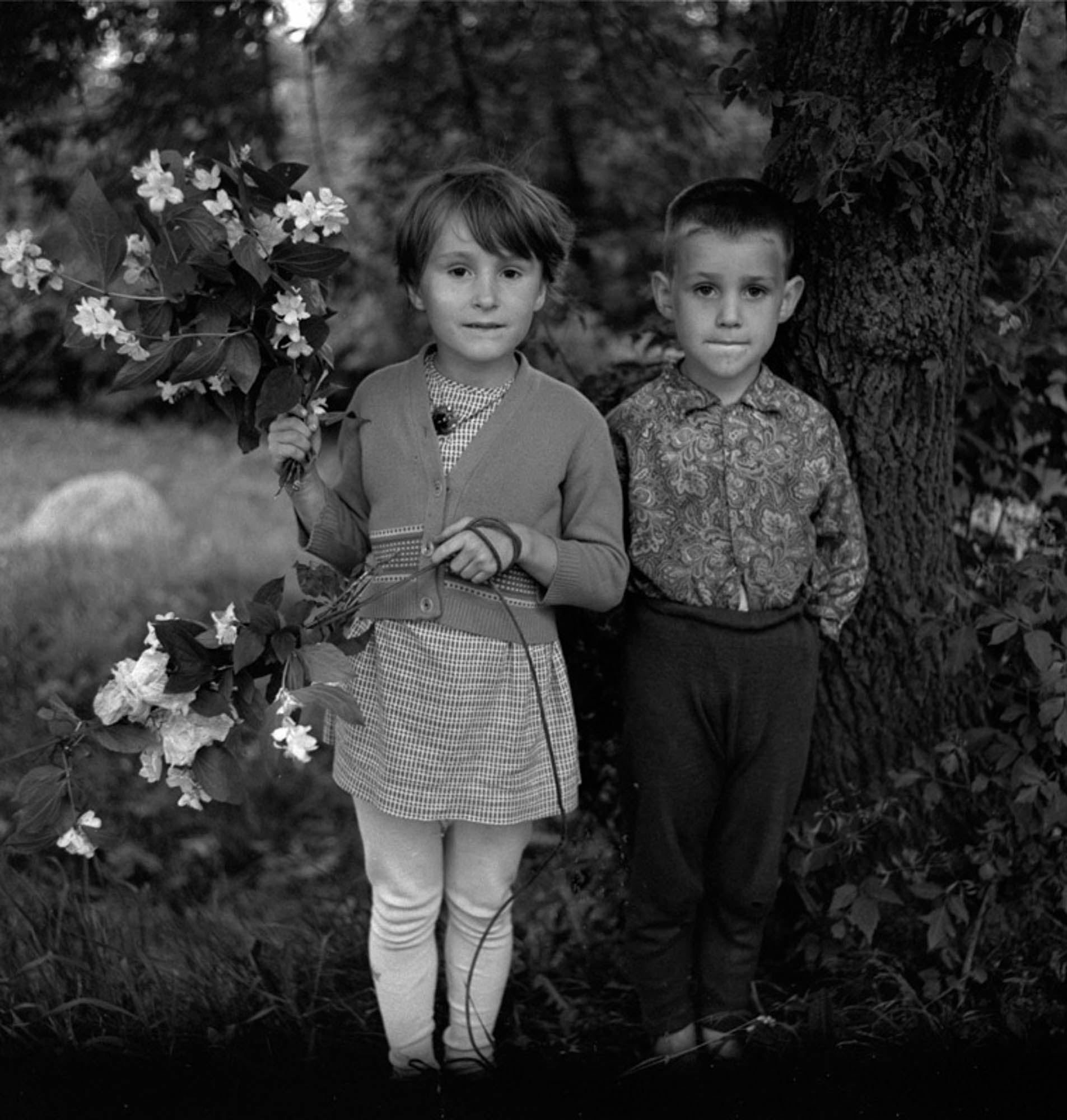
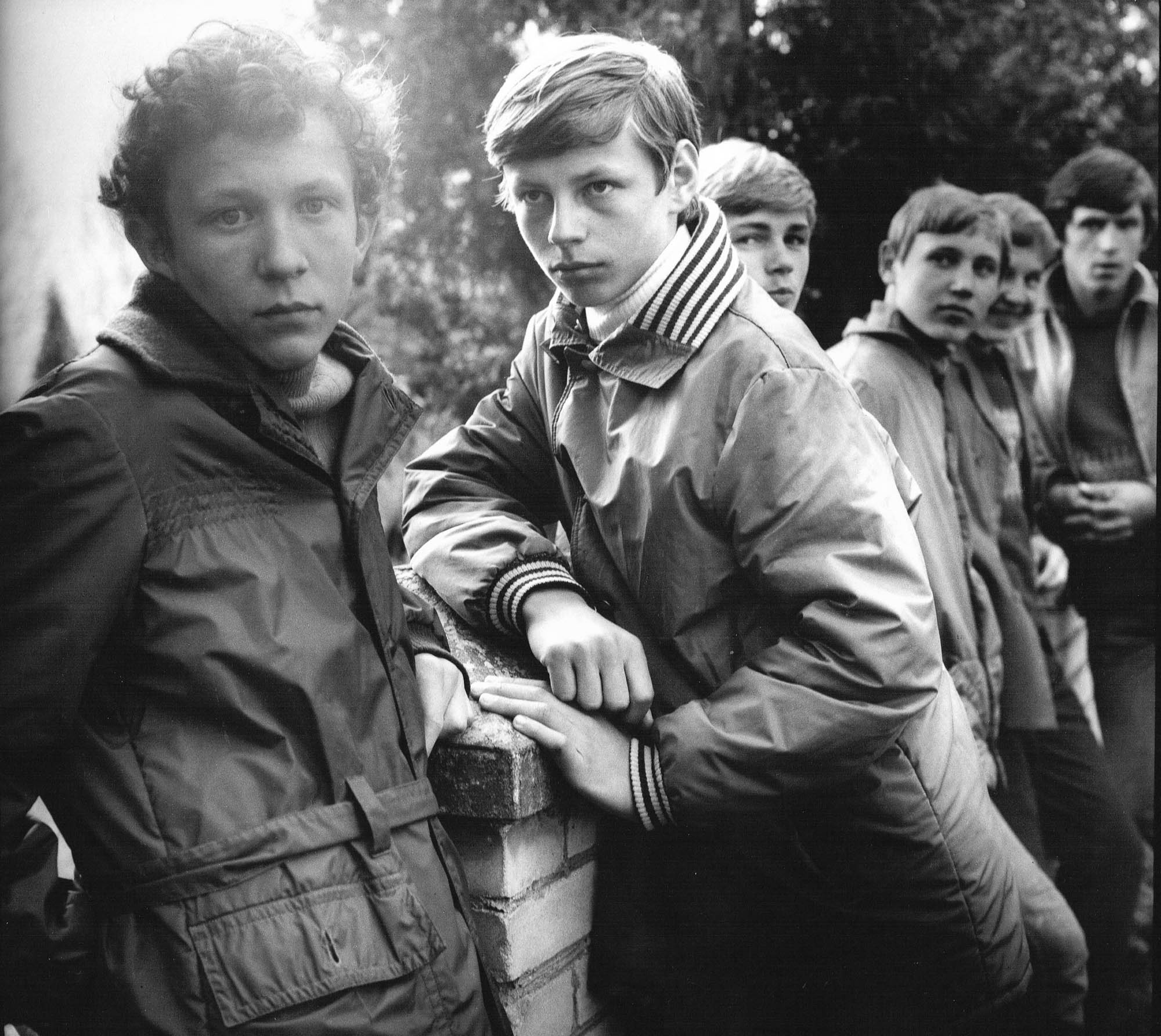
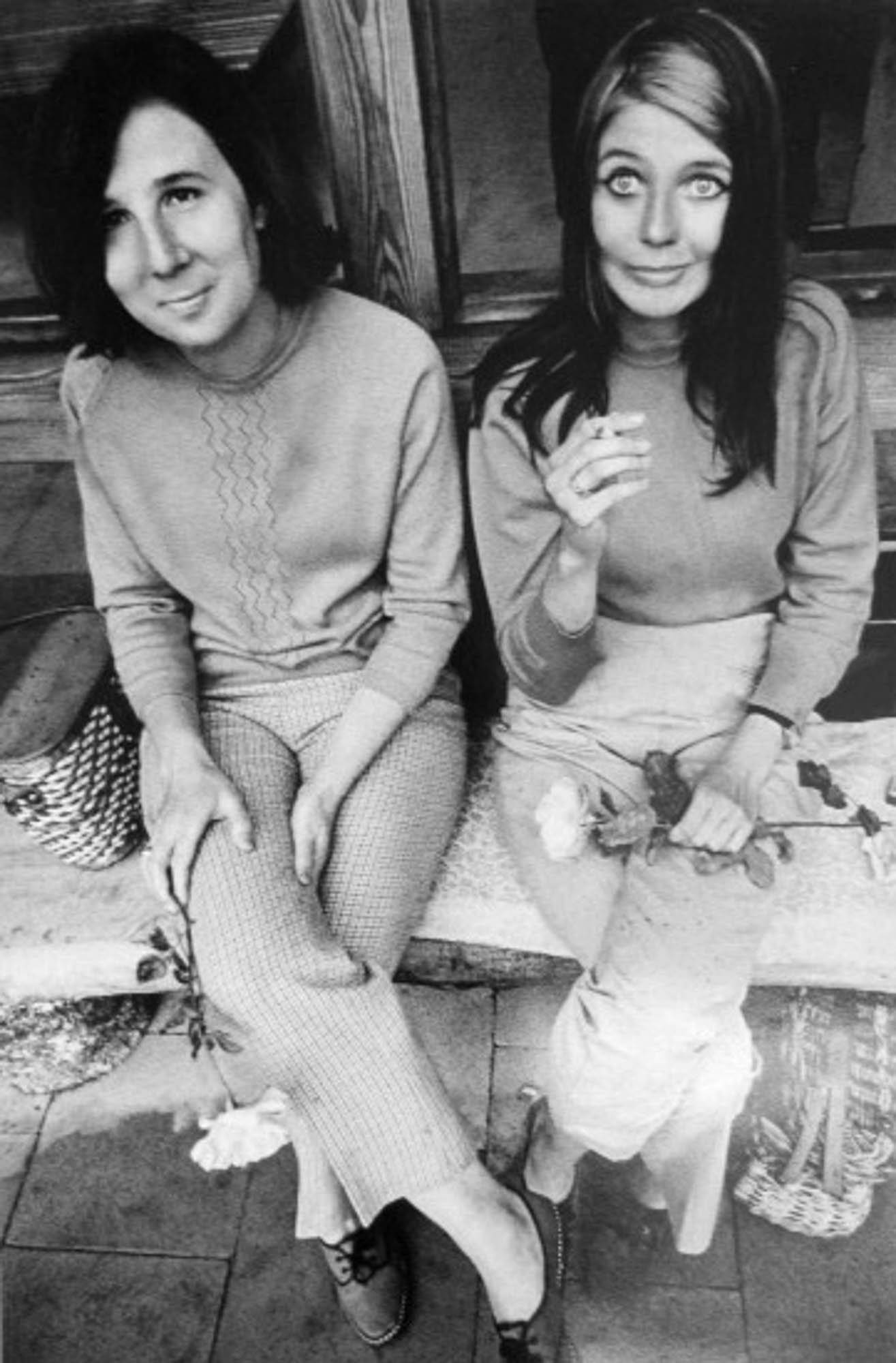
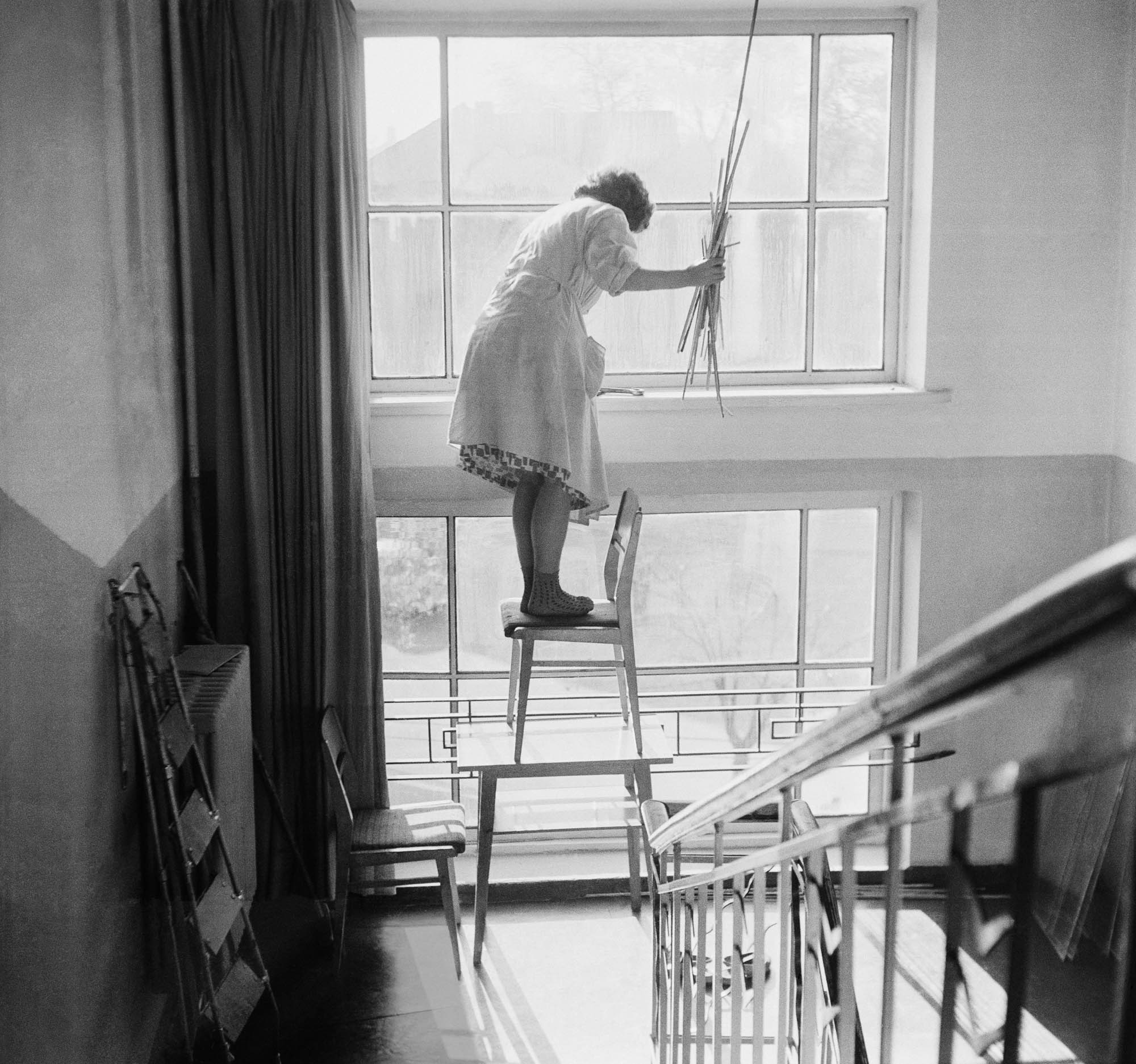
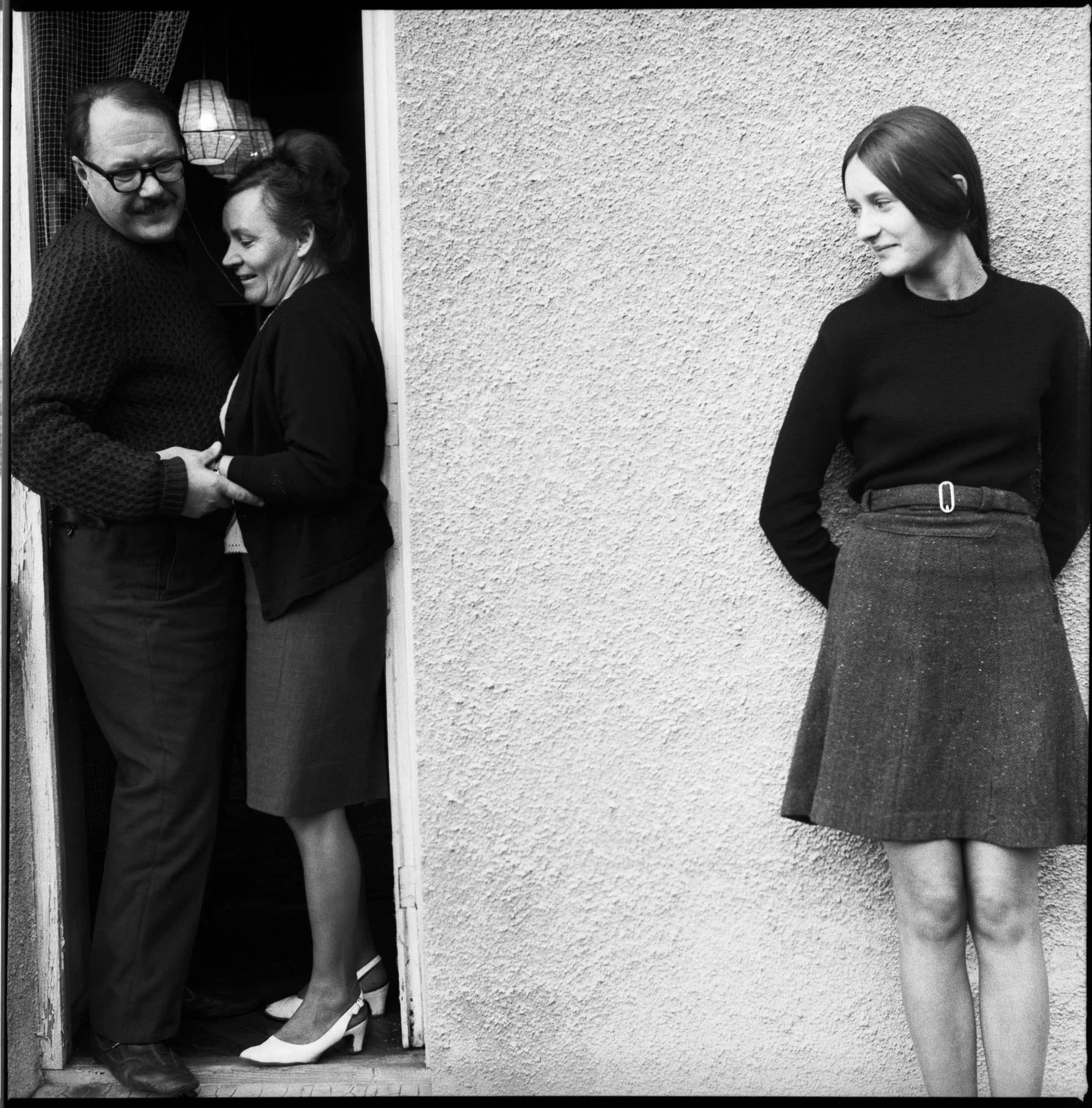
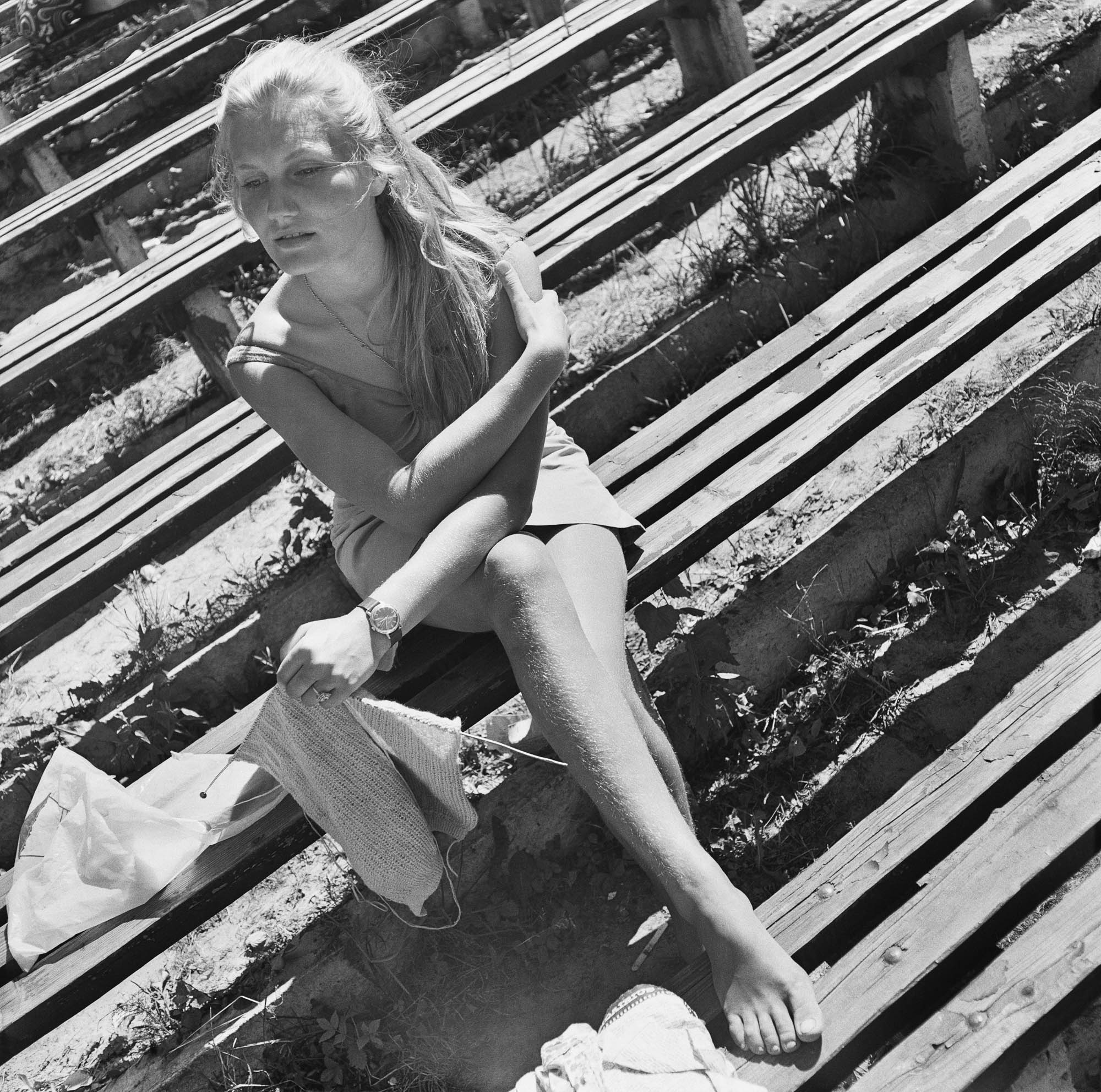
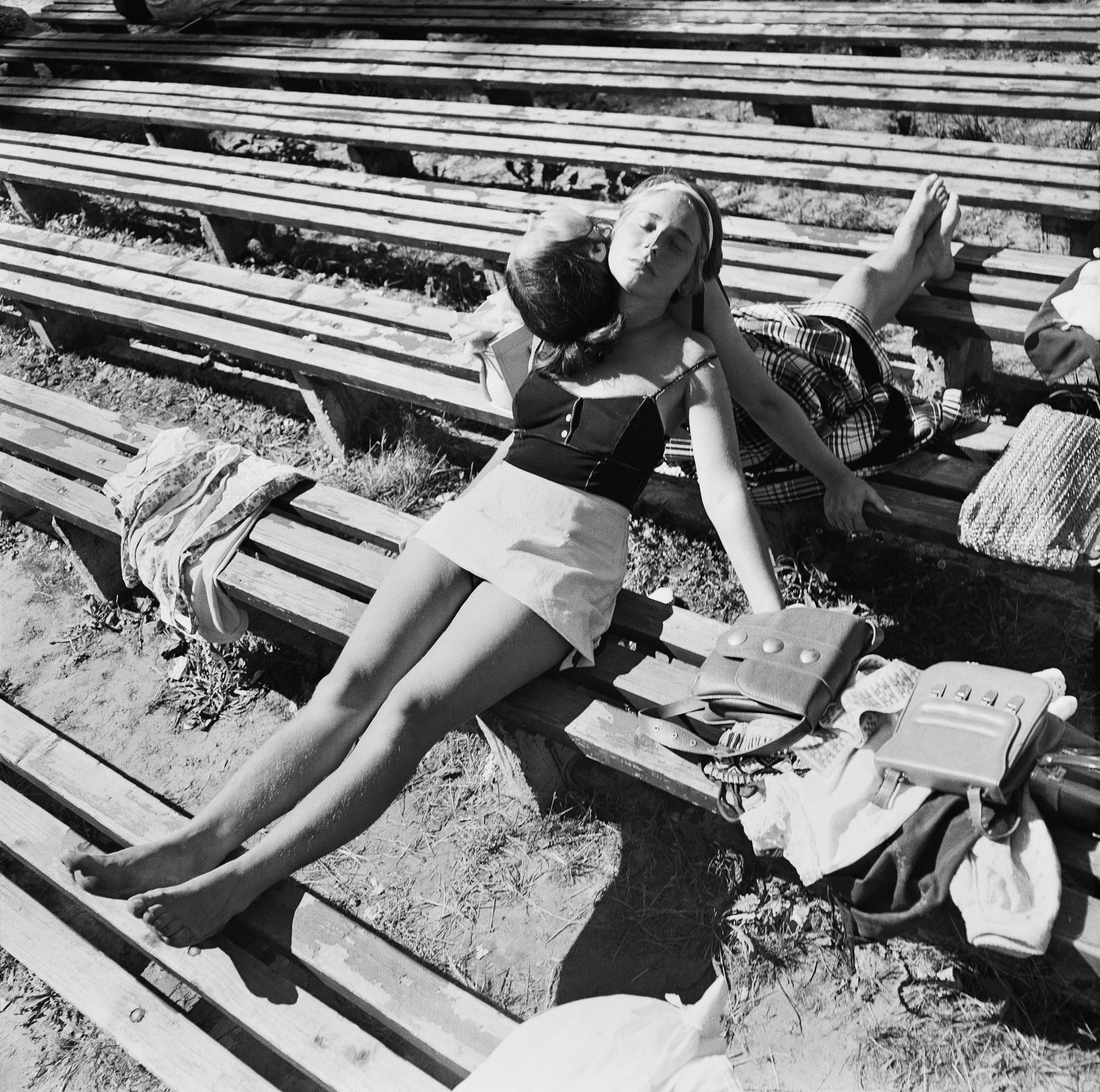
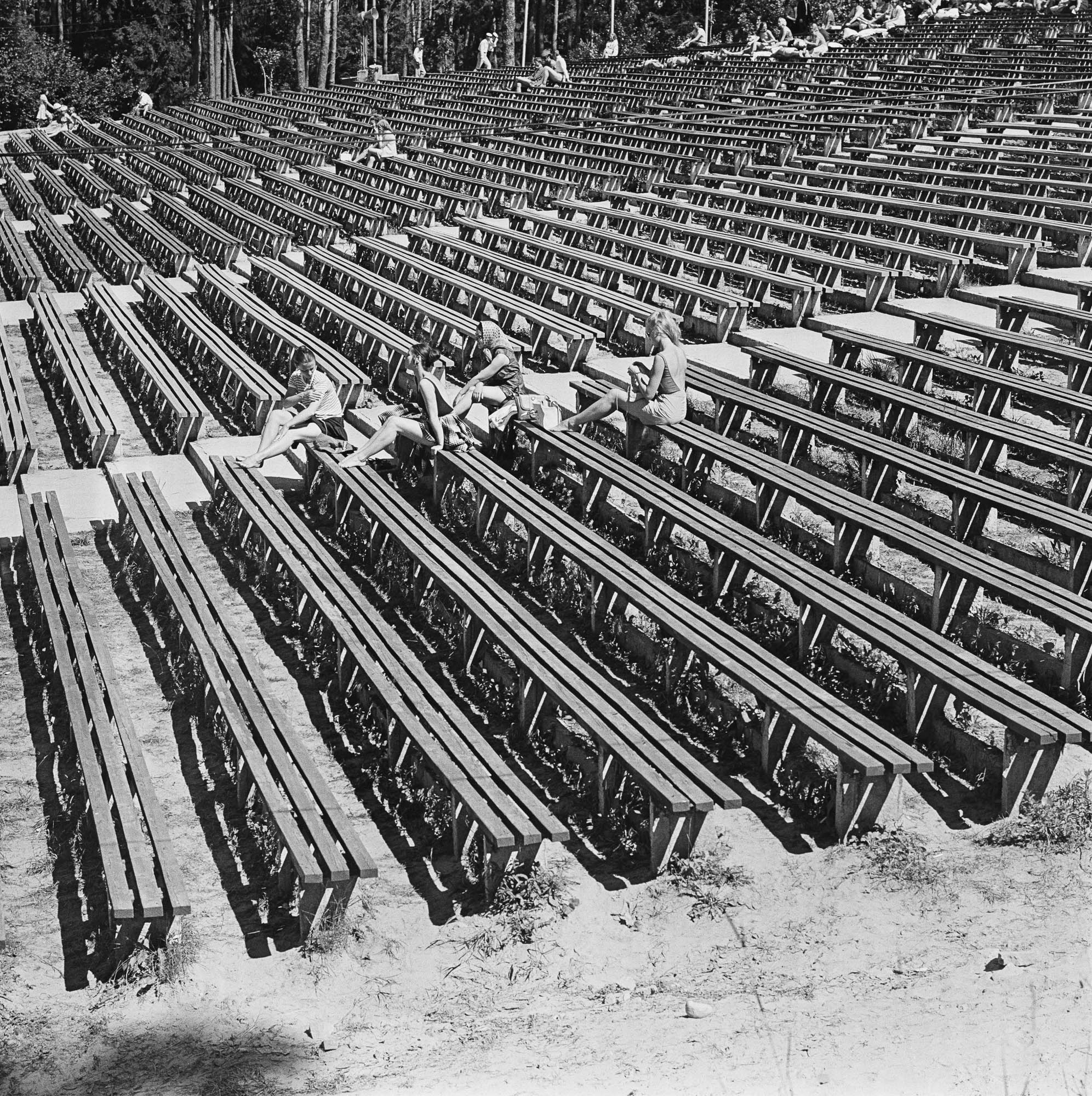
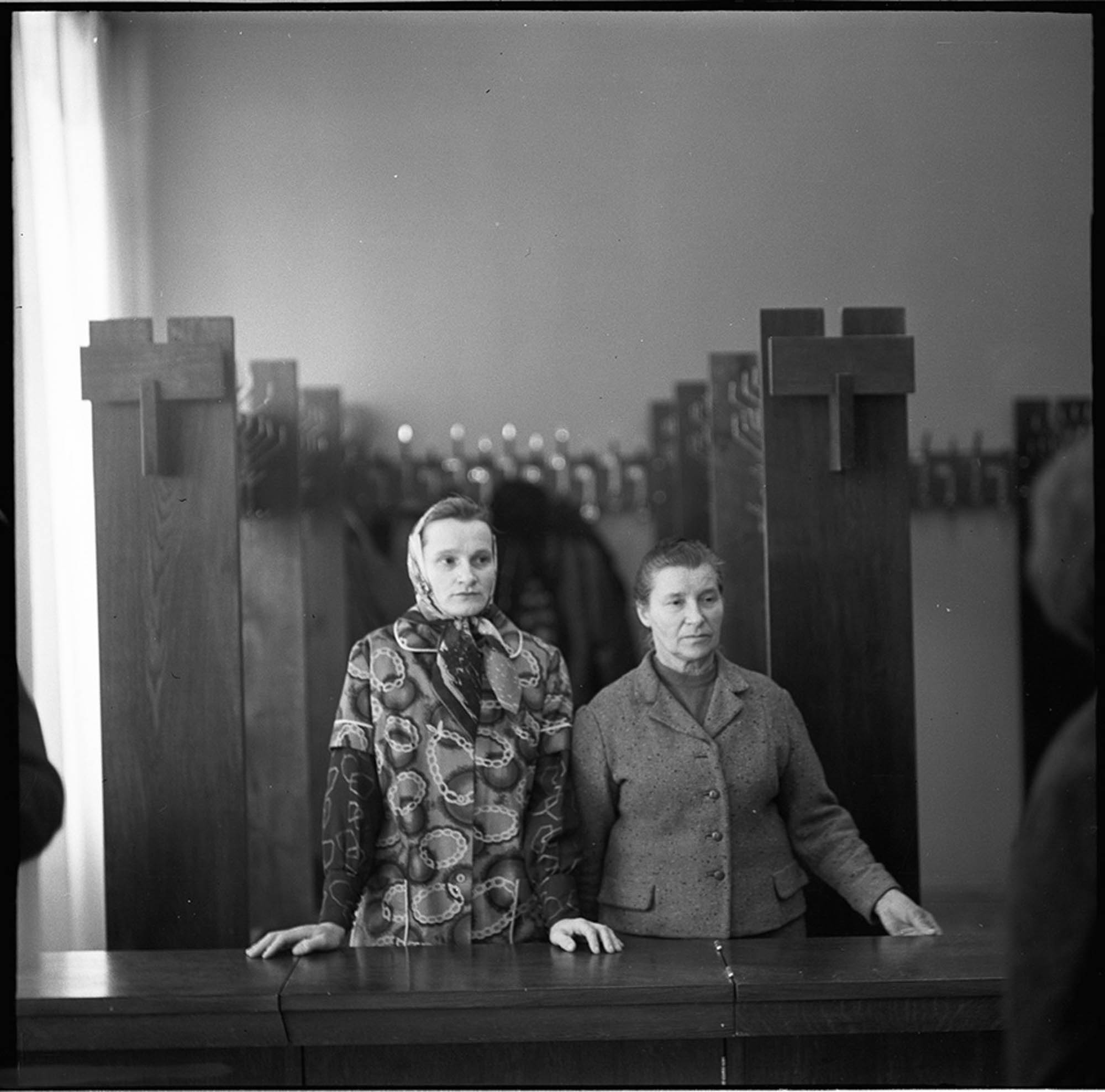
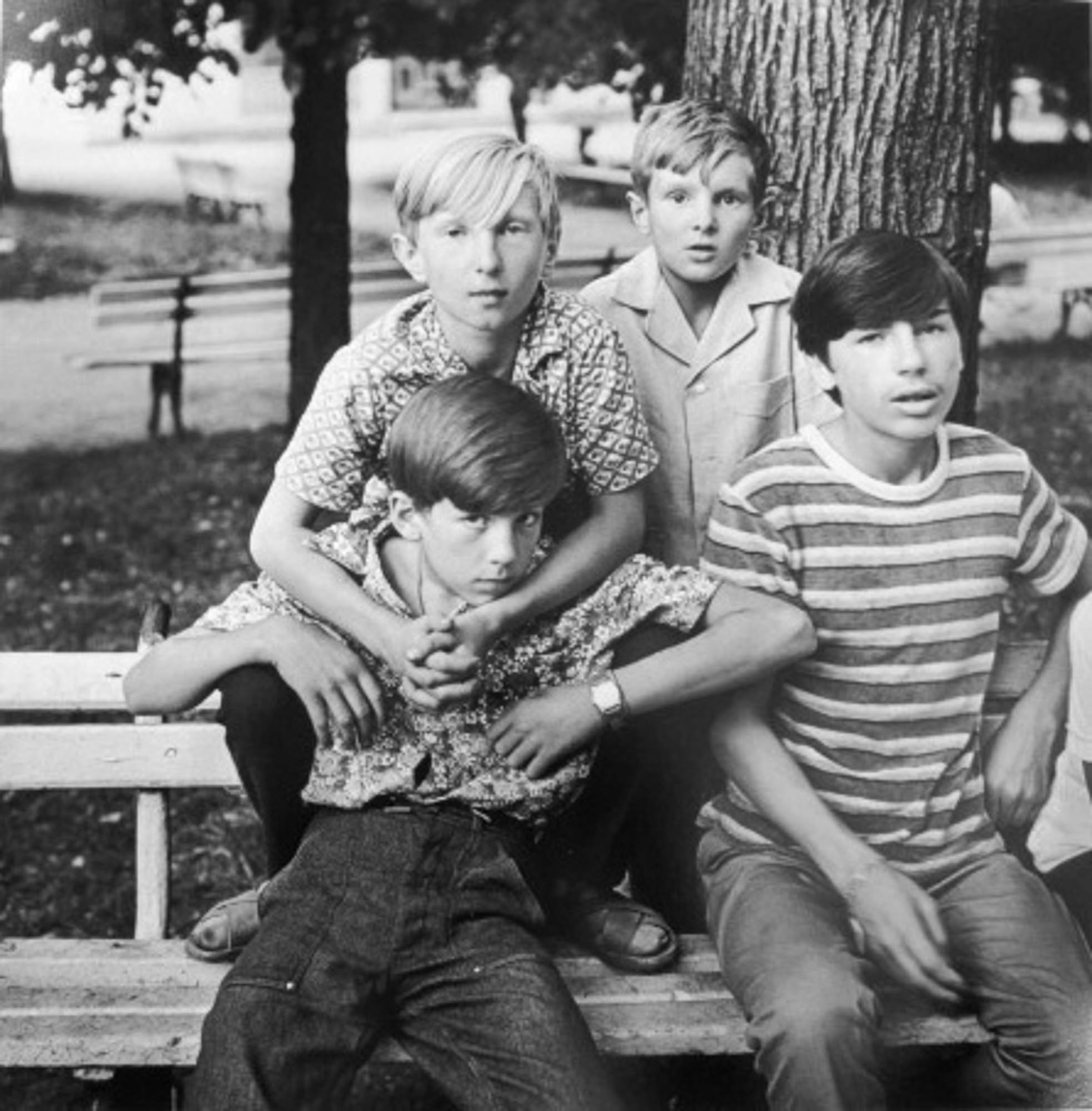
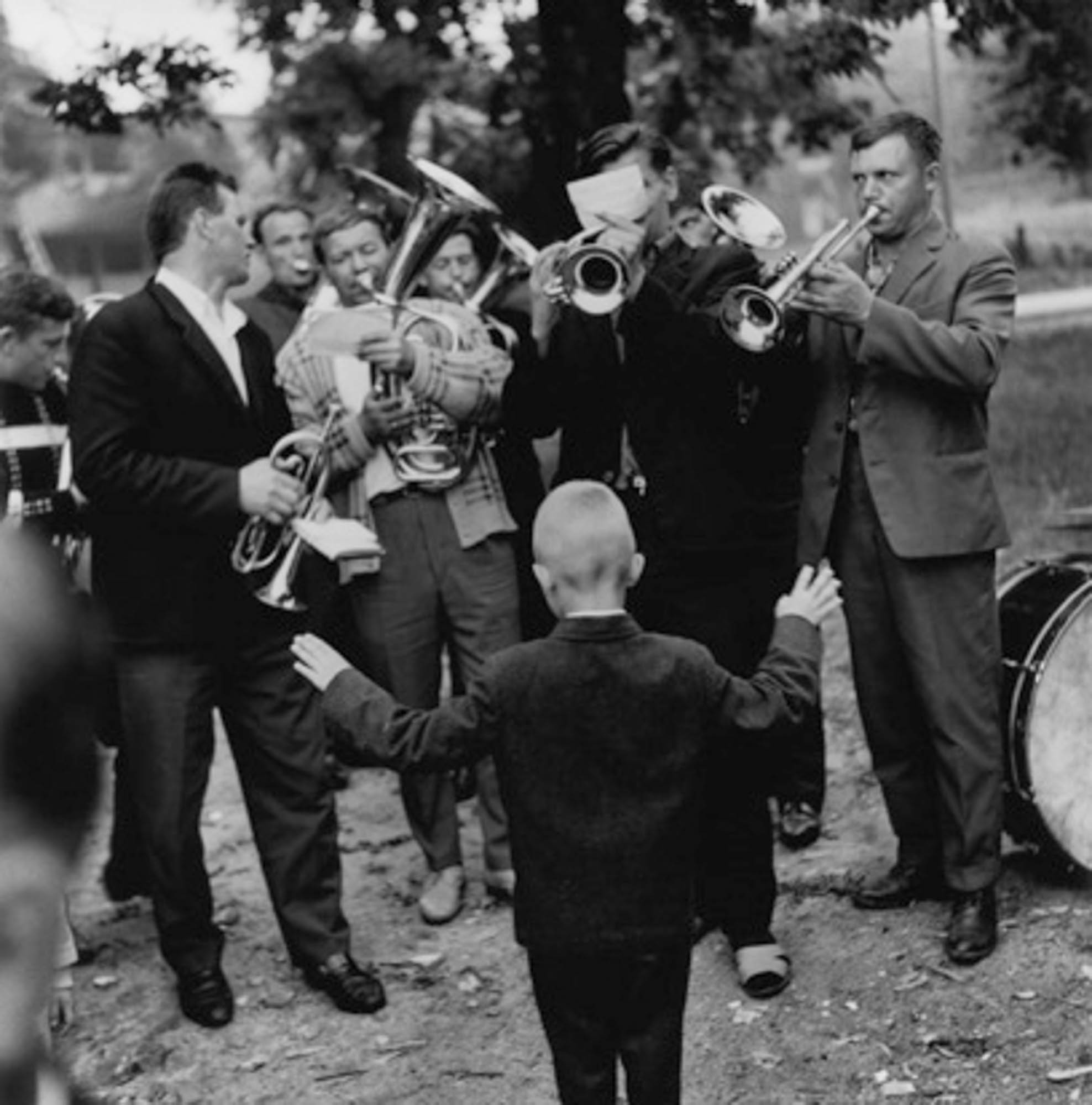
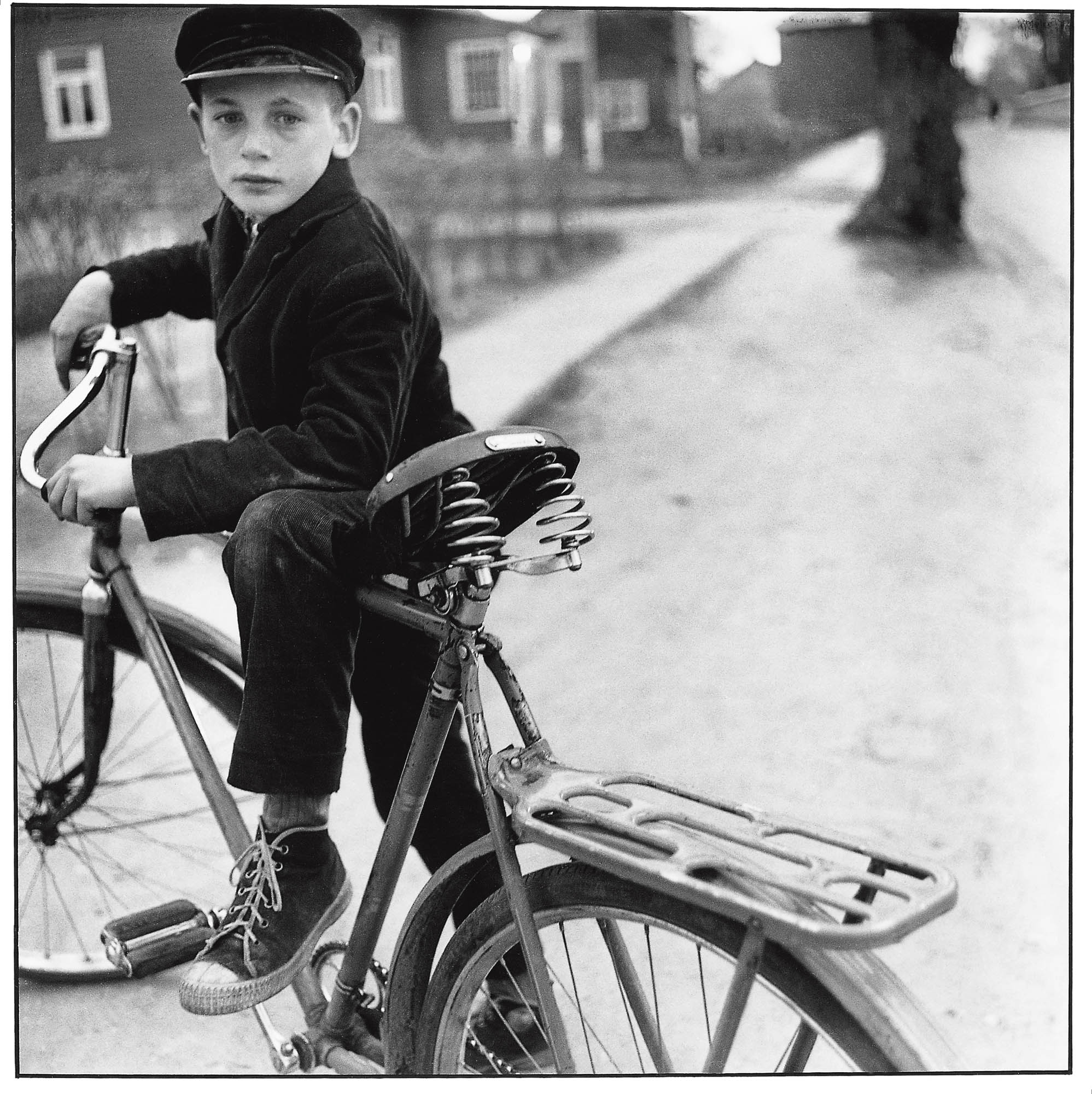
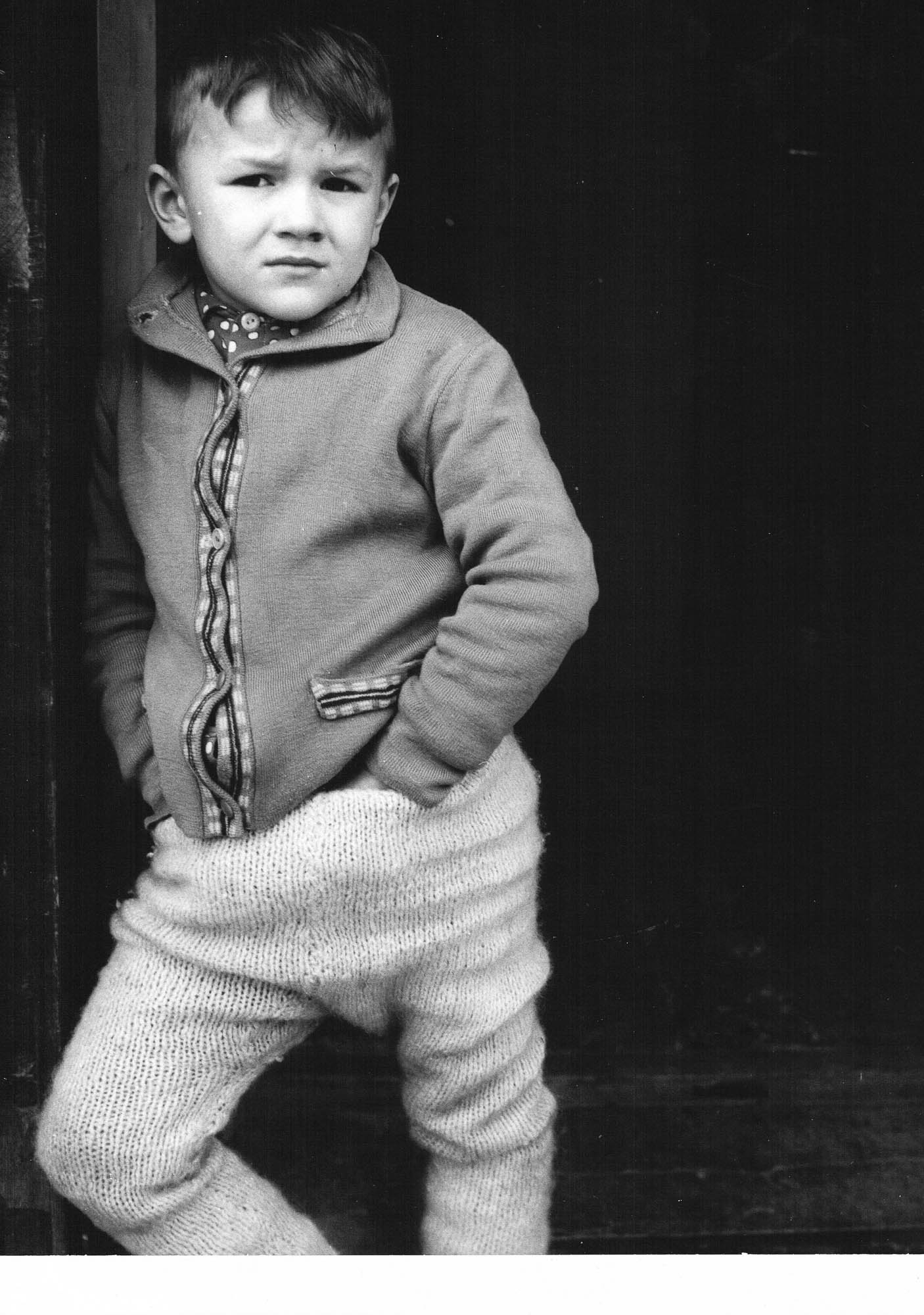
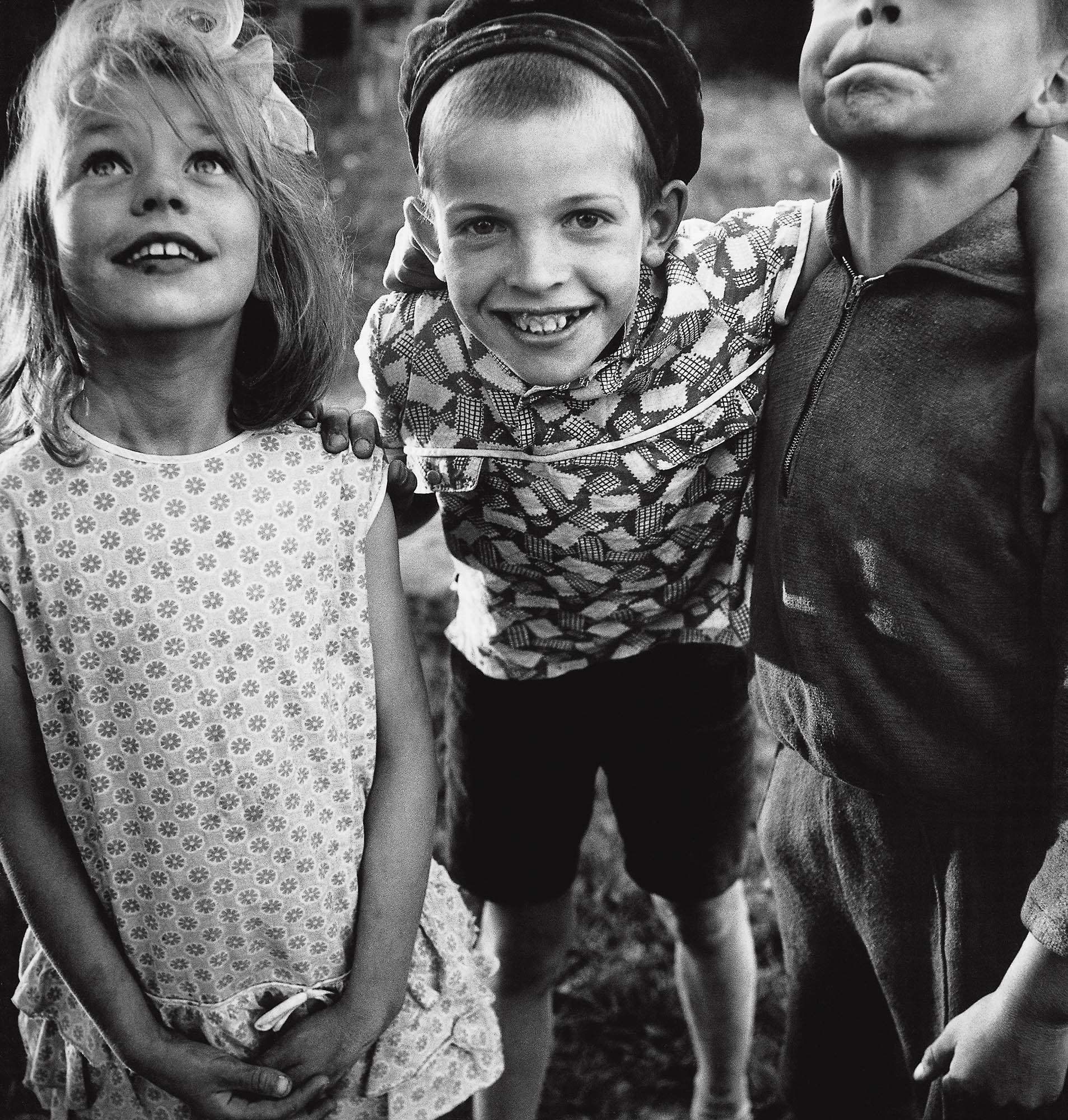
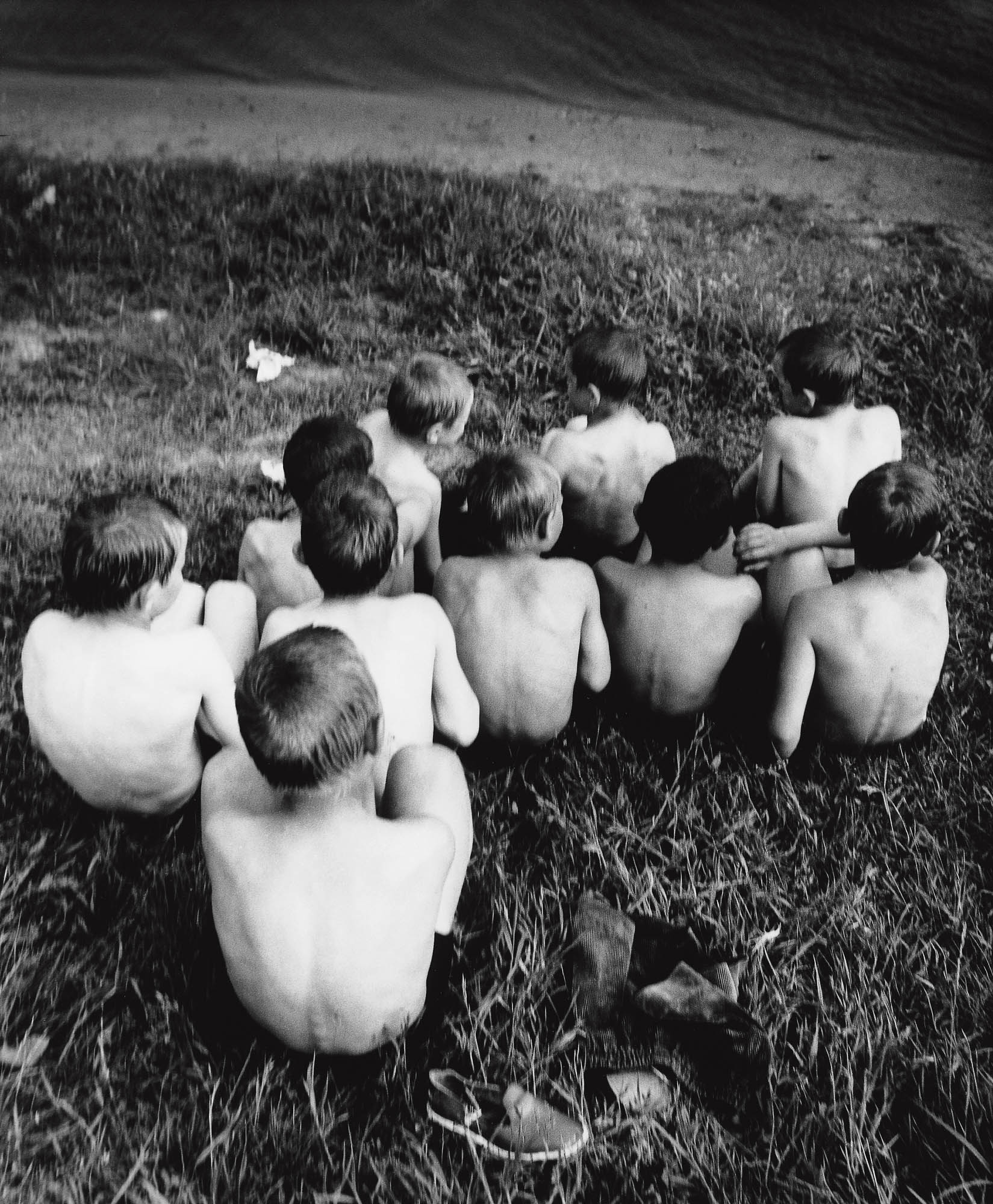
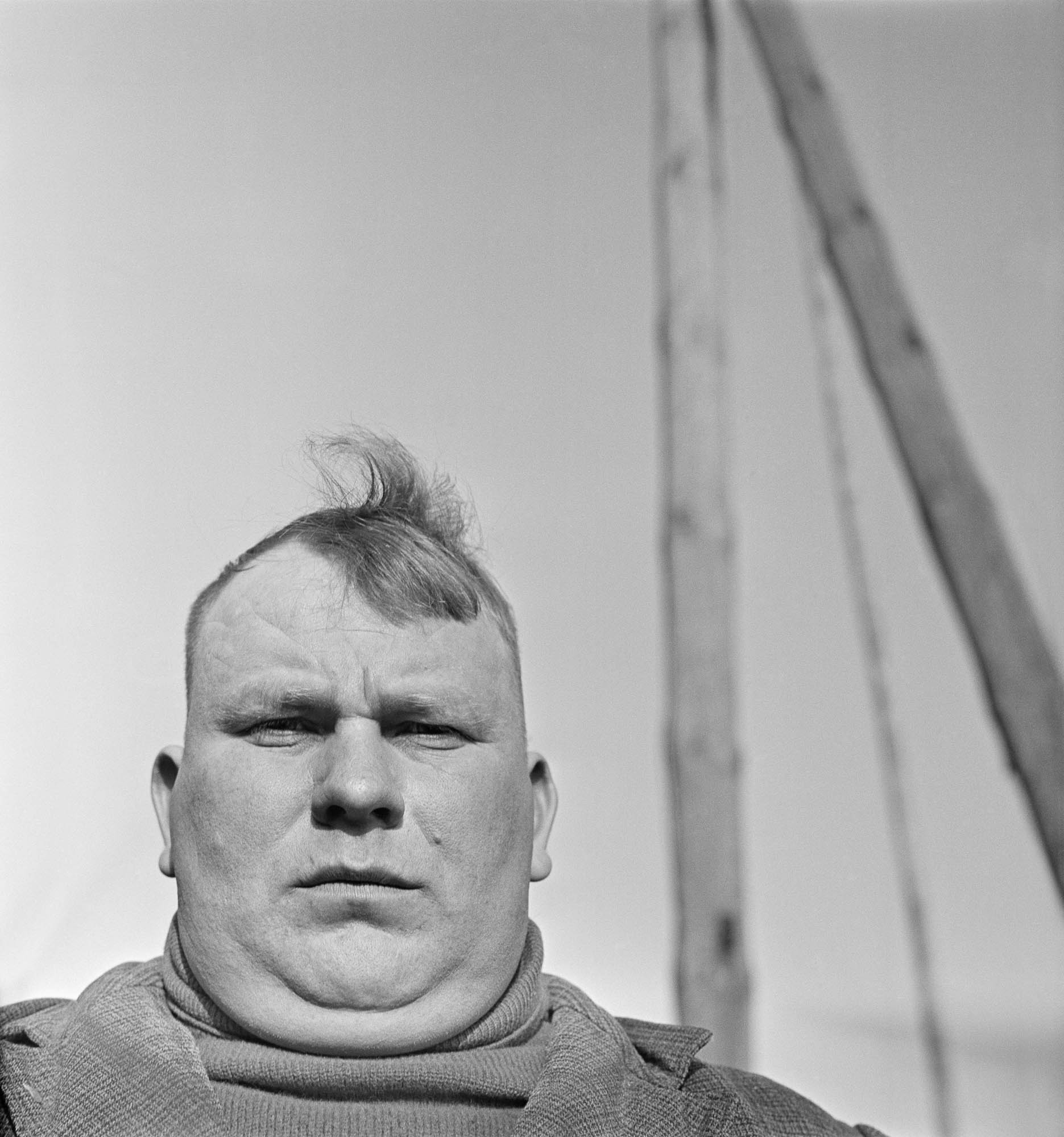
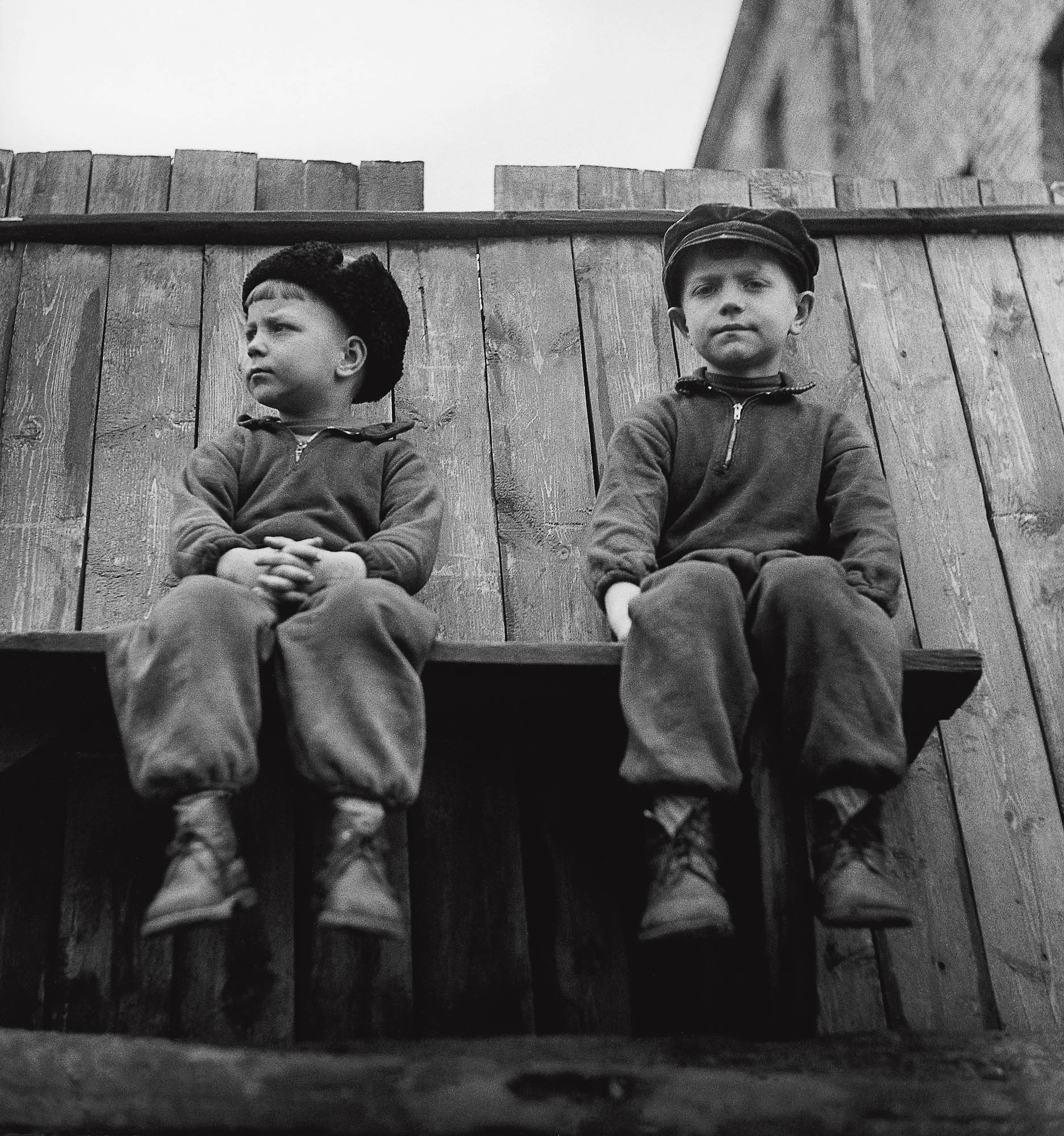
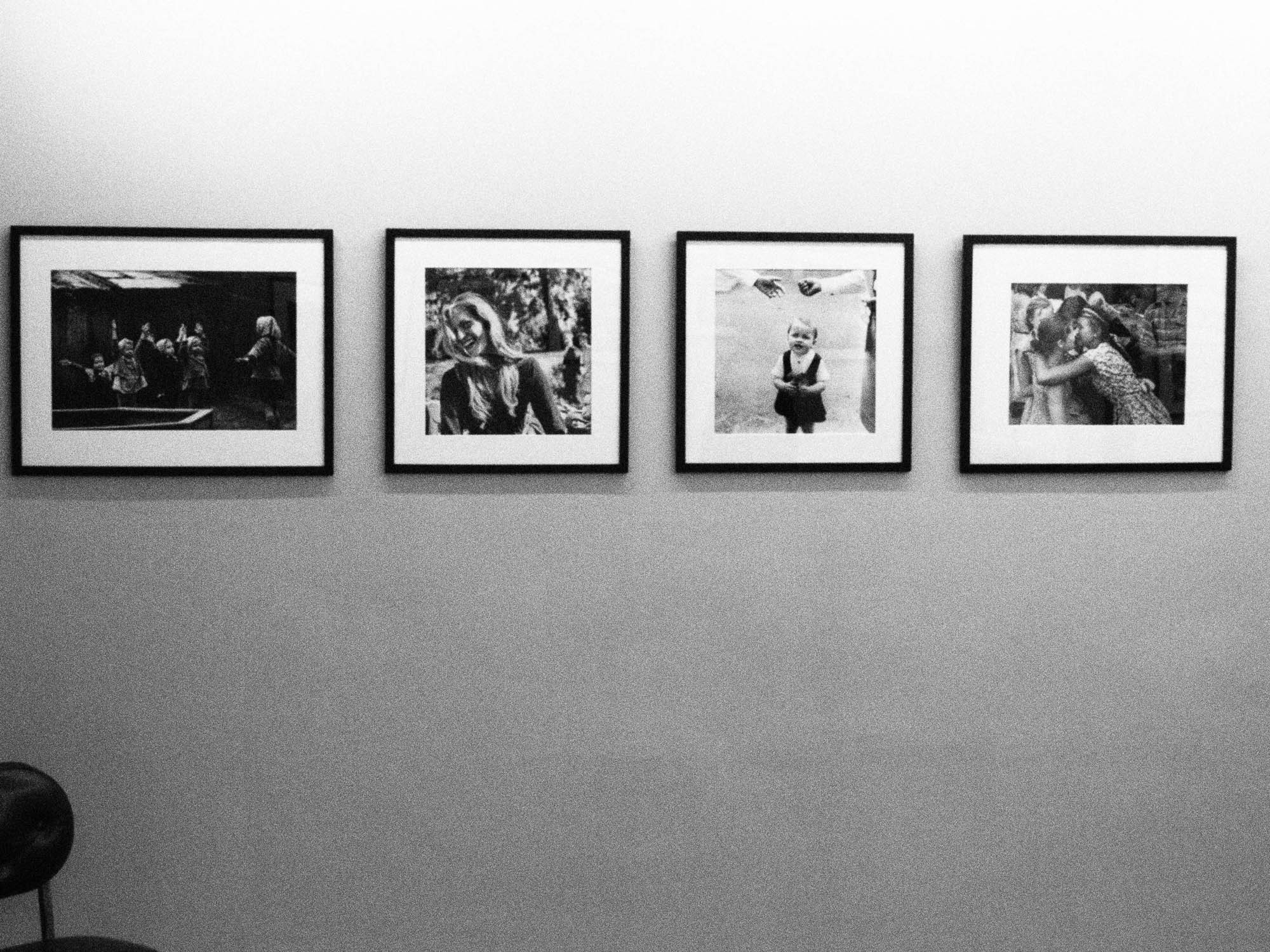
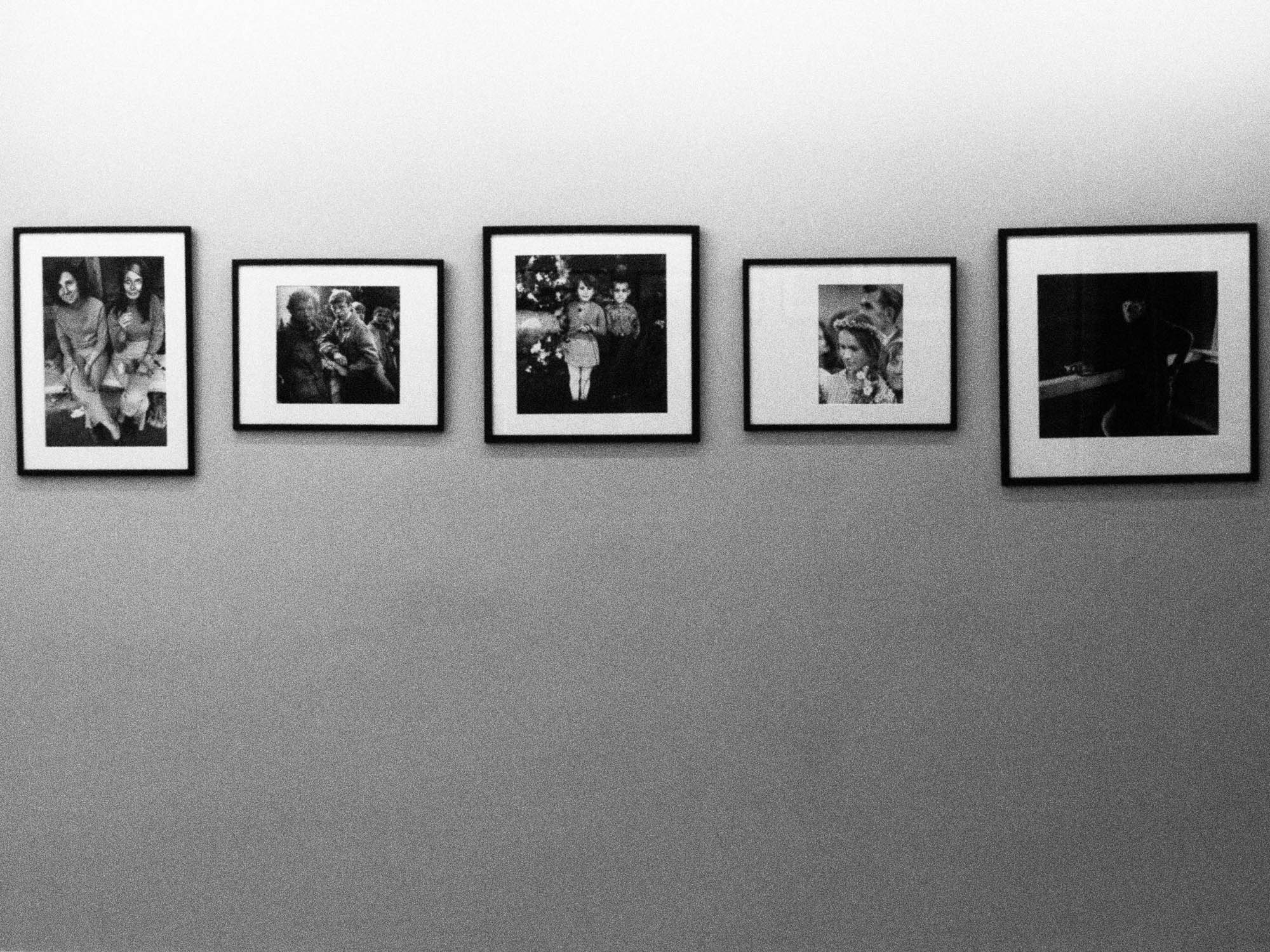
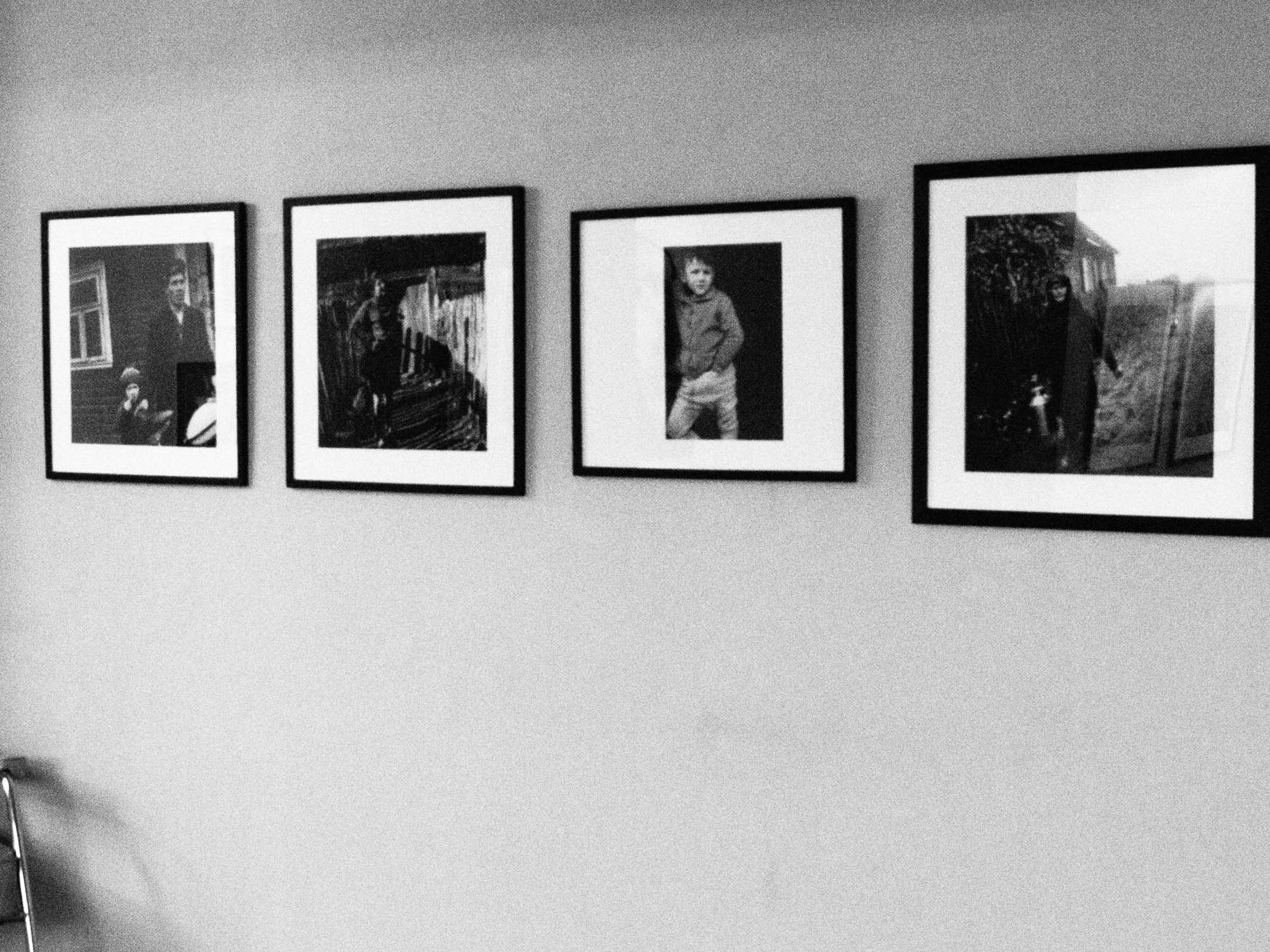
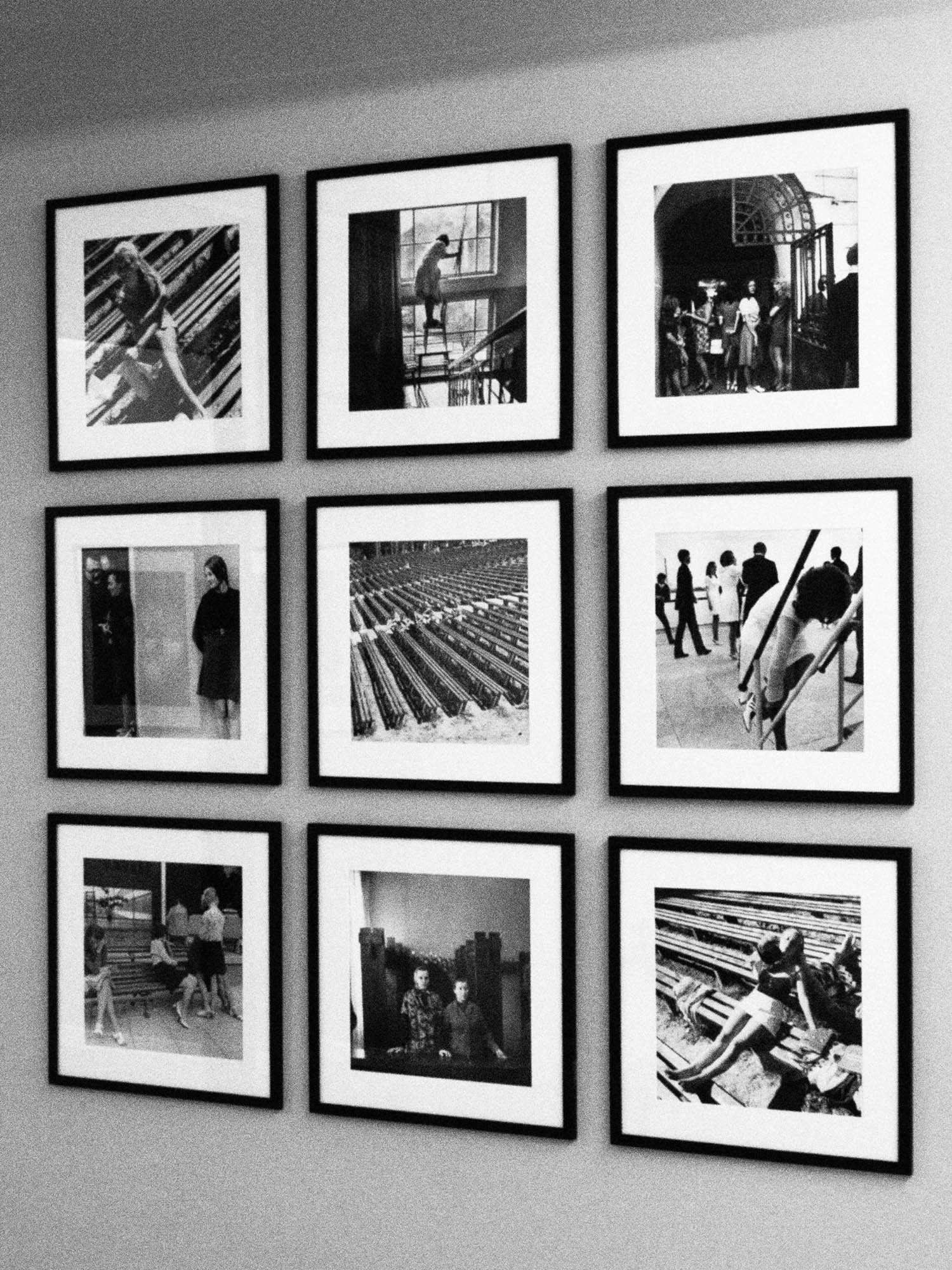
RTR gallery presents the show « Unpublished » by Antanas Sutkus, a selection of photographs from the 500,000 negatives discovered this year in his archives, that have never been seen or edited.
Two years ago, Antanas Sutkus, the 75 year old Lithuanian photographer, well known and recognized in the world of international photography , decided to put some order in his archives ...he rediscovered negatives from the late 50s to the late 70s, one of the most important periods of his work.
The photographer immersed himself in his treasures and with the help of RTR Gallery, brings out in « Unpublished » a selection of "new" images.
Vintage prints found in his studio, prints from that period and modern prints, RTR gallery offers a world premiere with this selection of 35 " Unpublished " photographs, new images from one of the most important photographers of the XX century.
"I started taking pictures at the age of 13. When I put the paper in the developer for the first time, I saw a face appearing and I felt I was God ,” says Antanas Sutkus . Bringing out these images from the depths of his filed negatives, the photographer brings back to life the subjects that he loved so much and captured in time with his camera.
“Thus the aim of art is almost divine: to bring to life again if it is writing history, to create if it is writing poetry” said Victor Hugo. In the images of Antanas Sutkus , history and poetry merge into a unique and single picture. Sutkus recounts with an unusual non- conformism the life of his people, which was dangerous at the time. It is always with an honest and frank look, tender and loving, as opposed to the habits of formatted and censored Soviet photography, that he immortalizes his favorite subjects, not idols or archetypes but real people : the city-dwellers, peasants, children, old people and pretty women.
The exhibition « Unpublished » shows very typical Sutkus images: malicious children, with a lot of complicity , tender couples , peasants proud to be Lithuanian , but also some more unusual images, such as "The Beggar " from 1961 which sends us back to the canons of Russian painting from the 1870s, as well as to picturalist photography, with, in Sutkus’s case , a more intense and darker palette, radically dense and almost carnal .
The beautiful vintage print "Children " from 1964, gives us a picture whose subject is quite usual for Sutkus, but with a surprising and daring framing, the effect of which is a strong and immediate sensation of carefree happiness.
In " Swimming " from 1978, children with water dripping down their backs tremble with cold and excitement. This image is part of the traditional Sutkus imagery, but by its blur treatment, its simple composition and the voluntary absence of the boys faces, it distances itself from other images. It is a fabulous discovery.
" The little girl under two hands" of 1982 is again a magical image. It creates such a confusion of perception: we believe that two priests are in a gesture of blessing, with their sleeved white blouses stretched towards the little girl and we deduce that the little star embroidered on her dress could be a cross. We are in Lithuania, a very Catholic country. But it is an illusion, a false interpretation, which comes everytime we look at this picture.
A very personal theme, a recurring subject in Sutkus’s work is Woman. He found in his archives a whole gallery of portraits of women where she is seductive, beautiful, attractive, impossible to ignore.... " I did not photograph the ugly ones," admits Sutkus. And it’s quite representative in the pictures, where young women, with short skirts, long legs, walk proudly in the streets, read on university benches , tan on the stadium stands. Sutkus catches them either from a distance, with this Rodchenko composition, where bodies are melted into the geometry of the rows, or close-up, where girls seem to melt under the sun and under the photographer lens, with complicity. where girls seem to bloom under the sun and under the photographer lens, with complicity
" In order to photograph people, you must love them. I stopped taking pictures as soon as I stopped loving people, when capitalism had arrived in this country, after the liberation of Lithuania from the Soviet invasion in 1991. Besides, we spoke, at the time of USSR, of creating socialism with a human face. Today, it would be wise to try to build capitalism with a human face. "
In his photographs, Antanas Sutkus " pulls us up " with humanist values and a focused view on the world, where change, thanks to the inner strength of mankind, is still possible.
